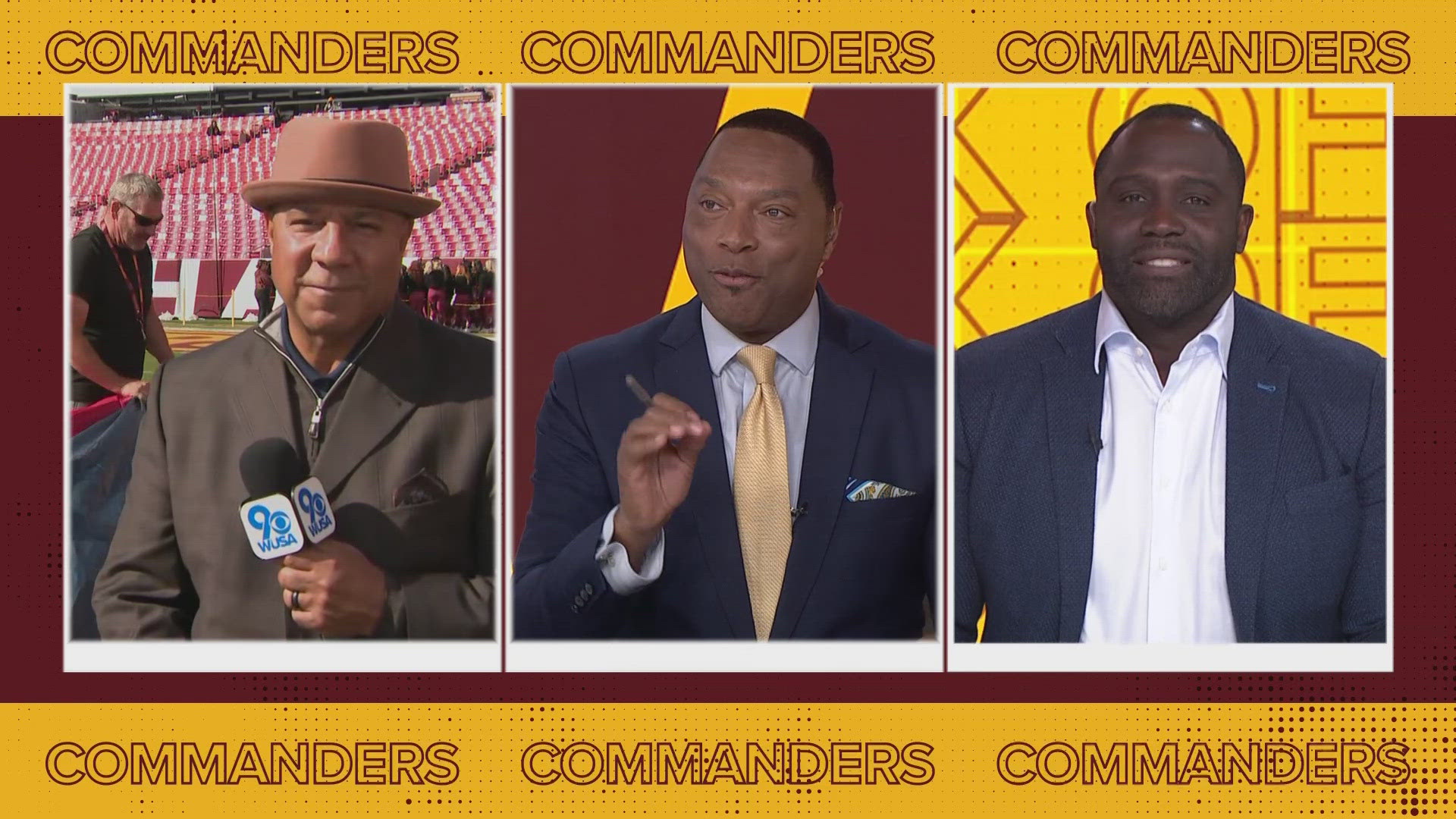Aviation experts say much had to go right for a D.C. Air National Guard pilot to successfully eject from his stricken F-16C over Prince George’s County Wednesday morning.
“Of course it’s always gratifying to hear of a pilot making a successful ejection,” said Jim Patch, a former fighter pilot who manages the program that makes the F-16C ejection seat, known as the ACES II.
D.C. Air National Guard officials say the pilot experienced some sort of mechanical failure shortly after leaving Joint Base Andrews, tried to turn back to the runway, and then decided to eject. The entire episode unfolded in a matter of “seconds not minutes”, according to Air National Guard Lt. Col. Michael Croker.
The pilot survived in good condition and no homes or people were hit on the ground, both local and military officials said.
“You can thank the pilot who flew that aircraft for making sure that the aircraft did not endanger anyone,” said Scott O'Grady, who ejected from an F-16 over Bosnia in 1995. His story inspired the Hollywood movie “Behind Enemy Lines.”
“He did an amazing job to be able to survive whatever emergency situation he was up against,” said O’Grady.
Generations of pilots since World War II have become accustomed to using ejection seats at every level of the military’s aircraft arsenal, starting from early flight training. Fighter pilots are spring-loaded to make the decision to eject, but O’Grady underscores that pilots know it is the absolute last resort.
“The decision to eject is one that we're taught you never delay or question when you know that it's 100 percent that you have to eject,” said O’Grady.


